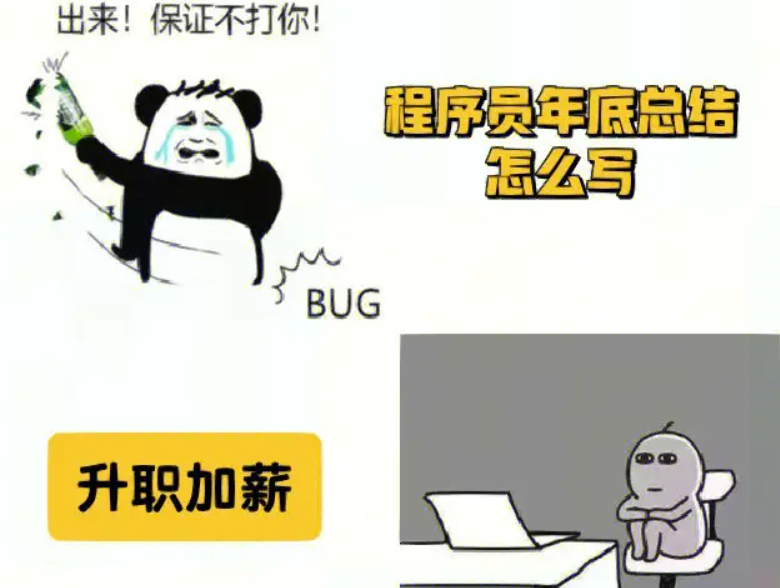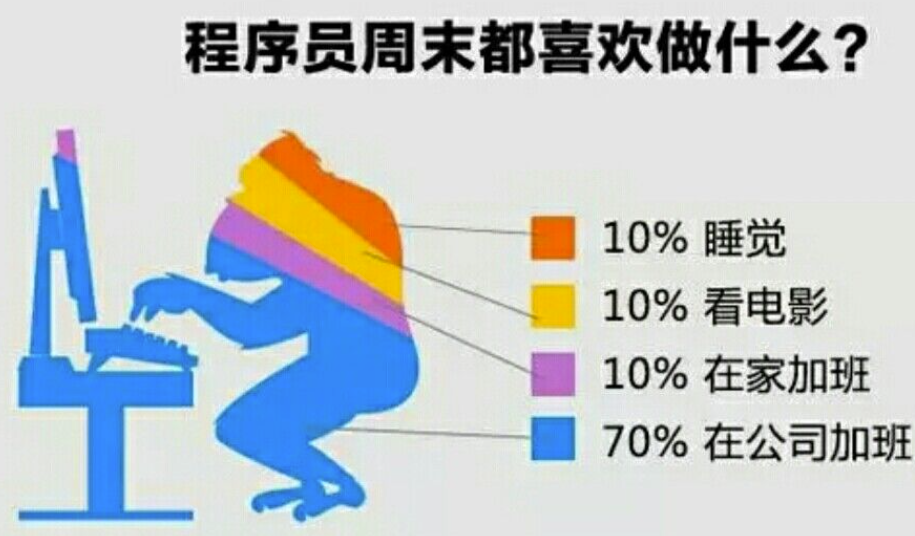The eProsima Fast DDS Request-Reply example demonstrates how to build a service-oriented architecture using the Request-Reply communication pattern with eProsima’s Fast DDS framework. This example is part of a suite of demonstrations designed by eProsima to showcase various features and configurations possible within Data Distribution Service (DDS) deployments.
Key Features of the Example:
Service-Oriented Architecture: The example illustrates how to set up a service-oriented system, where clients can request services from multiple servers.
Multi-Server Multi-Client Architecture: This setup allows multiple clients to interact with several server instances. Each server is capable of responding to requests from various clients simultaneously.
Redundancy: The architecture supports redundancy, meaning that multiple server instances can run alongside one another. This ensures higher availability and reliability for client requests.
Calculator Operation: In this particular implementation, clients send a “calculator” operation as input. They will receive responses based on their requests and terminate as soon as any server provides a reply.
Summary:
This example effectively highlights how the Request-Reply communication model can be employed in scenarios requiring service distribution, allowing developers to create resilient systems capable of handling multiple interactions concurrently while maintaining operational integrity through redundancy.
内容由零声教学AI助手提供,问题来源于学员提问


![驱动代码
void kalRxTaskletSchedule(struct GLUE_INFO *pr)
{
static unsigned int num = 0;
tasklet_hi_schedule(&pr->rRxTask[(num++)%NR_CPUS]);
// tasklet_hi_schedule(&pr->rRxTask);
DBGLOG(HAL, ERROR,](https://linuxcpp.0voice.com/zb_users/upload/2023/05/202305162226144313964.png)

















